Taiwan's OA Furniture Makers Struggle to Remain Competitive
Manufacturers innovate to keep
2011/01/11 | By Judy Li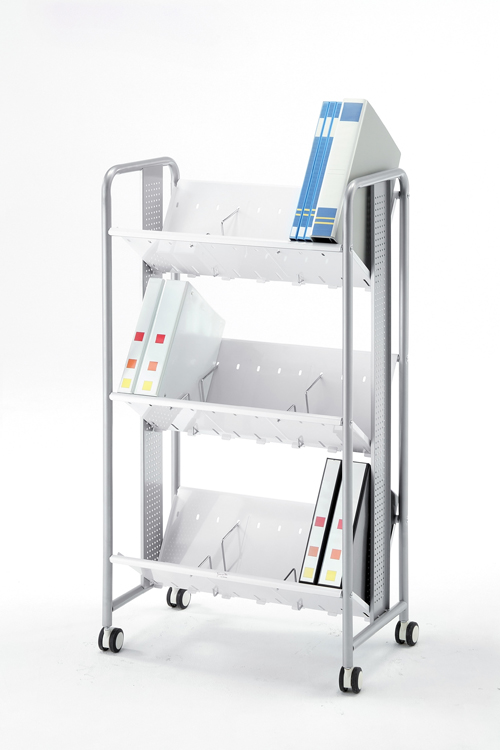
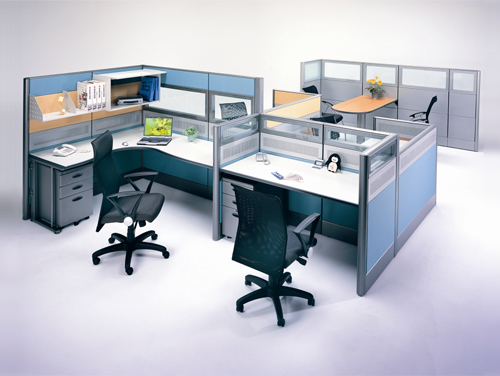
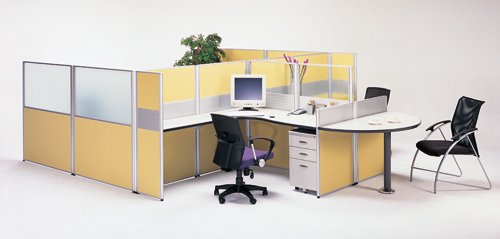
Soon the firm branched out into other high-quality office furniture items and has since focused on the production of value-added multifunctional products such as office desks, conference tables, computer workstations, and ergonomic office chairs.
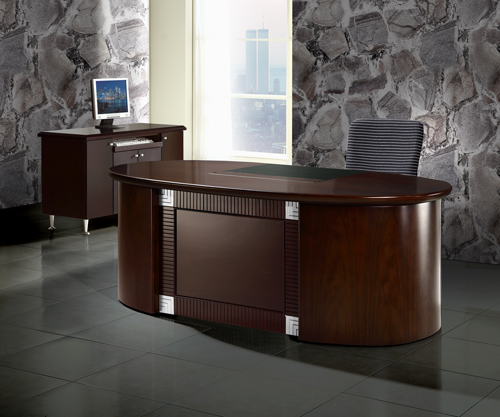
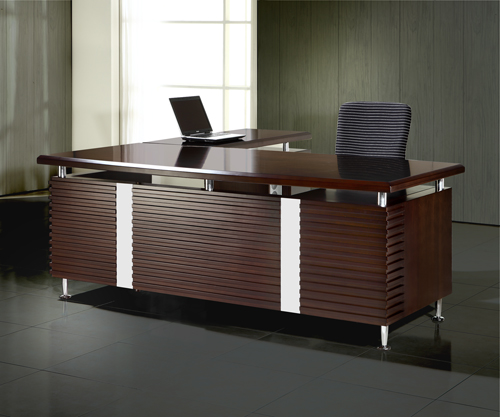
Unlike many of its counterparts, Sing Bee prefers to stay in Taiwan and take advantage of local supply sources. “Our company turns out mainly glass and metal furniture,” Pai explains, “and we can source sufficient high-quality glass and metal parts at reasonable prices here. So we have no intention of moving production offshore.”
The company produces its products on OEM, ODM, and OBM bases, currently shipping 60-70 containers a month; of which 80% go to Japan, the United States, Europe, and the Middle East. The remaining 20% is sold domestically under the house brand “Sing Bee.”
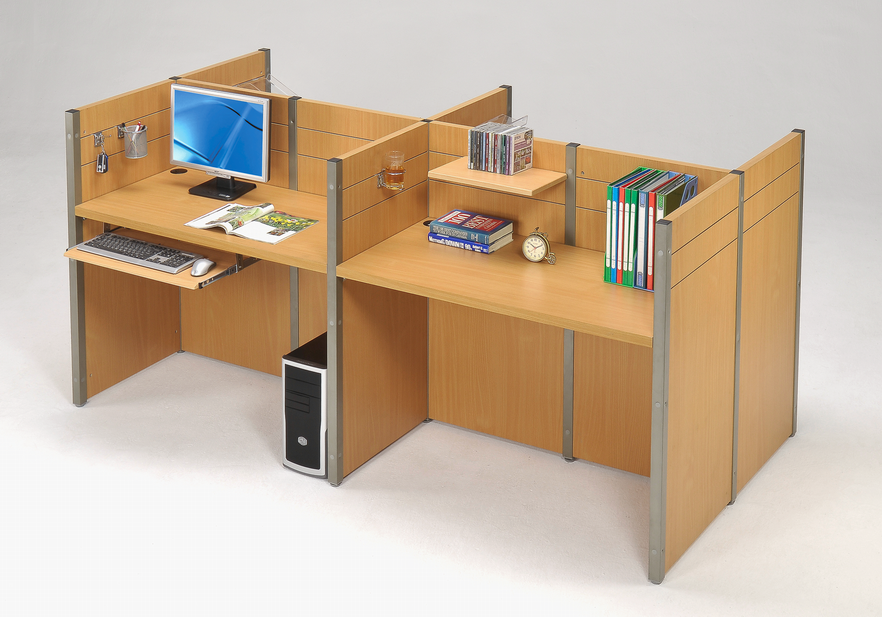
To diversify overseas marketing channels, the company intends to tap emerging markets, particularly in China. “We are planning to develop in the near future design-oriented furniture items for high-tier consumers in China, and build up our own furniture brand there too,” Pai says.
With a history of about 10 years, the Woei Horang Co. is a metal furniture manufacturer that turns out office and DIY furniture on OEM and ODM bases. Its products consist mainly of office partition units, computer desks, cabinets, file stands, magazine holders, display shelves, and chairs.
“My partners and me used to work for another Taiwanese furniture company,” says Joe Kuo, Woei Horang's sales manager. “Late in 1990s that company followed the steps of other Taiwanese furniture manufacturers and moved production to the other side of the Taiwan Strait. But we didn't want to leave Taiwan and move to China, so we quit and established our own company in 2001.”
“Being an employer is quite different from being an employee. As owners of the company, we have to take care of almost everything from finance, labor training, management, and taxation to marketing and shipment, in addition to developing and manufacturing products.”
Cracking the Japanese Market
Thanks to a strong R & D team, skilled workers, and competent marketing professionals, the company has successfully developed the critical market in Japan. “We export 100% of our products, and 95% are sold to Japan,” Kuo comments. “I'm ashamed to say it, but the first delivery of our products to Japan was all returned because some of the products did not meet the standards required.”
“It's really frustrating for business start-ups like we were, but we weren't defeated by that event; on the contrary, we decided to try our best to improve the products to satisfy our first customer. With repeated remodeling and revision, we finally met the standards of the customer and won his trust. Since then we have built up a pretty good relationship with that Japanese buyer, who is now our major client.”
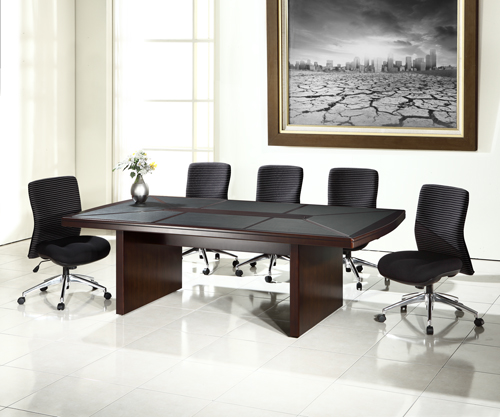
Thanks to its continuing efforts to upgrade products and operating efficiency, the firm won an “Innovative Research and Development Performance Award” from Taiwan's Small & Medium Enterprise Administration in 2005 and has obtained ISO9001: 2008 certification.
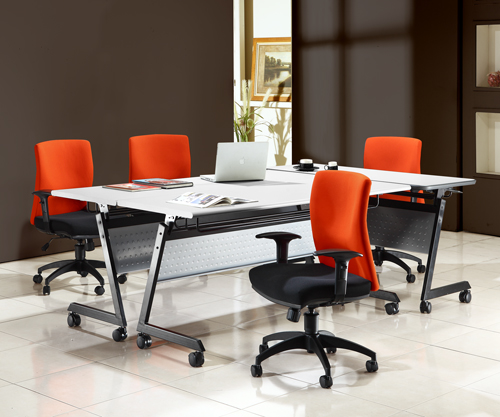
Despite the economic downturn caused by the global financial tsunami, the company has chalked up an annual growth of 35% over the past three years. Its shipments in 2009 were worth almost NT$130 million (US$4.06 million at NT$32:US$1).
To keep abreast of world trends, Woei Horang attends international furniture shows in Japan and Singapore almost every year. In the future, it plans to build up its own brand name and cooperate with its partners in Japan to jointly promote the brand in the market there.
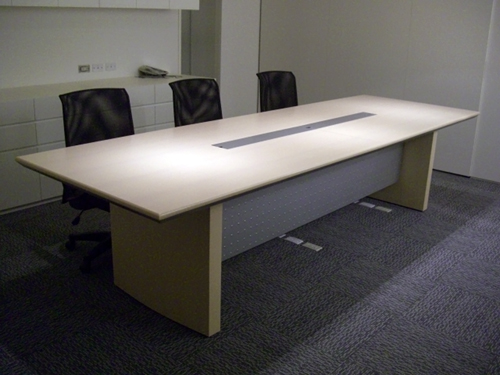
Located in the suburbs of Taipei in northern Taiwan, the Jiang Hua International Co. is a furniture manufacturer and wholesaler that supplies mainly the domestic market, but is now planning to expand overseas. “My father became involved in the furniture industry in the early 1960s and established Jiang Hua in 1977,” says T.W. Chen, the company's general manager. “He is now over 70 and has handed most of the business over to me.”
“I joined the company in 1990, when I was 23 or 24 and had just finished my compulsory military service. It's hard to say if I liked the furniture industry or not when I jumped into it; but I was surely familiar with furniture, since I grew watching my farther produce furniture every day.”
“My father used to make traditional wooden furniture, since he is good at carpentry, and supplied the products to local buyers. His traditional way of making furniture could only supply limited amounts to customers in the local market. So, shortly after I joined in the company, I began to modernize the plant and install advanced facilities to streamline the manufacturing process, and to subcontract some of the furniture items and parts to satellite plants.”
Chen did not have an easy time of it at first. “I became involved during a dark age for the furniture industry in Taiwan,” he recalls. “The manufacturing environment had deteriorated because of soaring wages and land costs here, and many domestic furniture manufacturers were forced to move off the island. I experienced some difficult times in the first several years, and had to work hard to survive. Thanks to the sound foundation that my father had laid down, and our successful cooperation with satellite plants, we got through the hard times and have since developed steadily.”
Jiang Hua has long focused on office furniture, mainly executive tables, conference tables, and chairs. “Our office tables are mostly made of steel and/or wood, with the former provided by local steel companies, mainly China Steel, and the latter imported from New Zealand and Australia in addition to some that is purchased locally,” Chen reports. “Generally speaking, about an eighth of our tables are high-end executive tables that are made mainly of wood, and the remaining seven eighths are ordinary working tables and conference tables that are made mostly of steel.”
The company has a workforce of around 25 and boasts a 50% self-content rate. About 90% of it products are sold on the domestic market and the remaining 10% are exported through traders. “Taiwan has very good technicians,” Chen comments, “and we are planning to cooperate with them to develop multifunctional high-end furniture such as office partition units and adjustable computer desks as well as general office tables. We also intend to construct a new building to store and display our furniture products, and to use part of the building as reception room to receive our buyers.”




